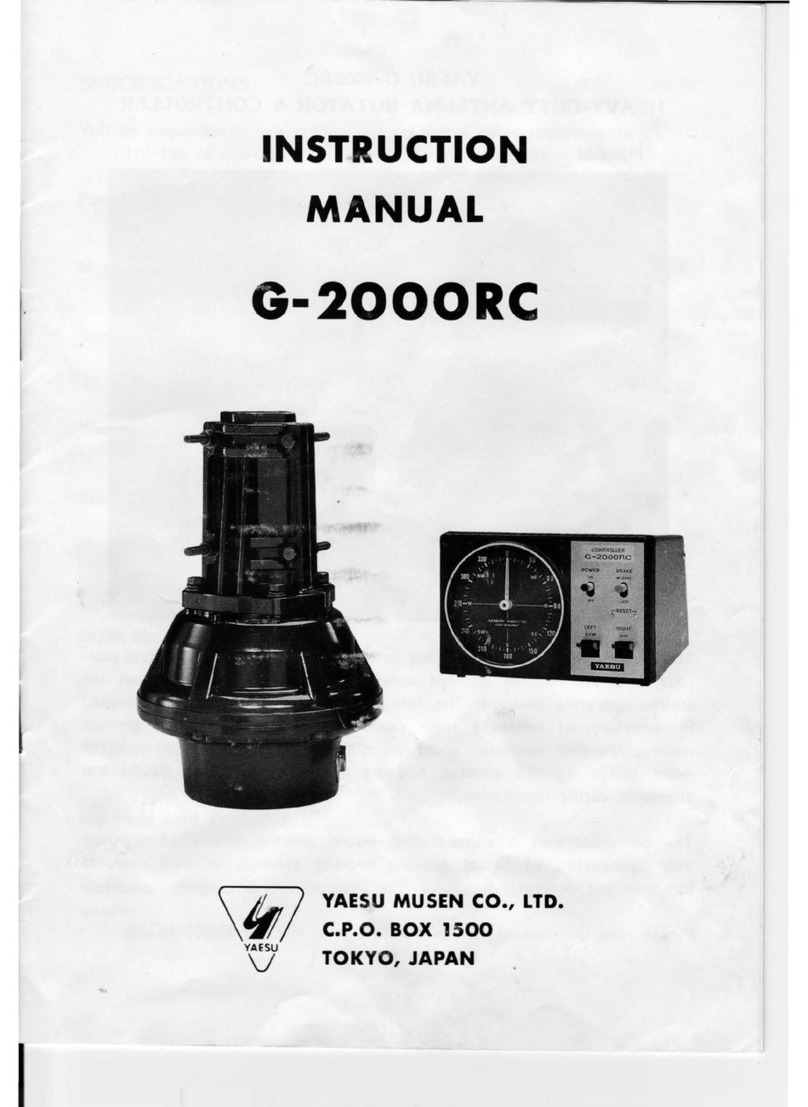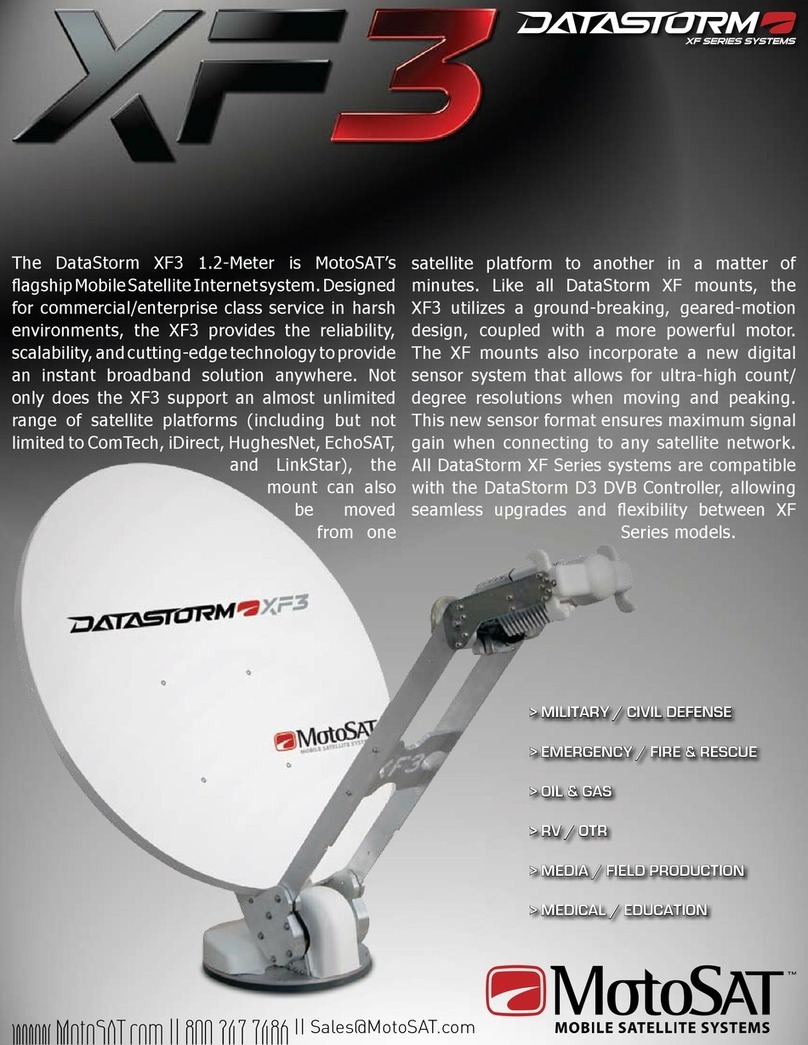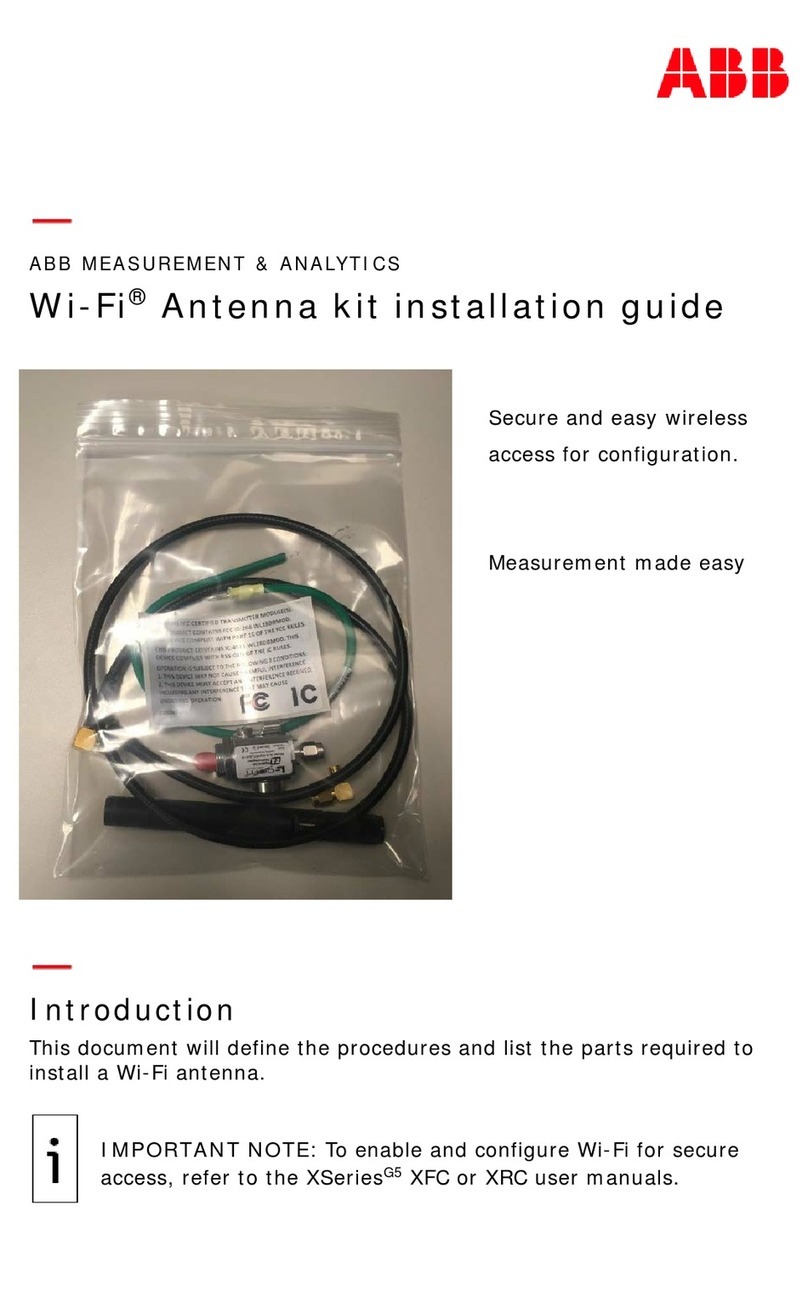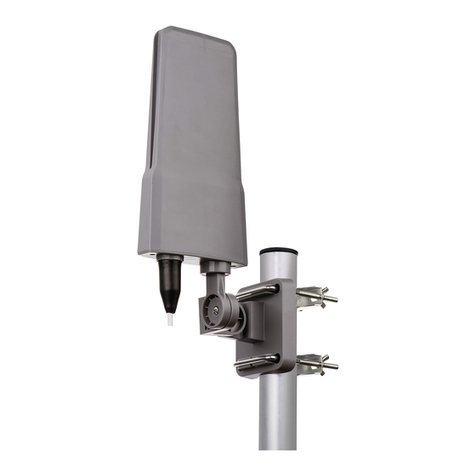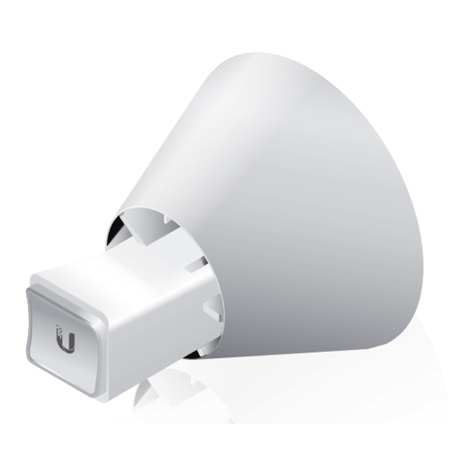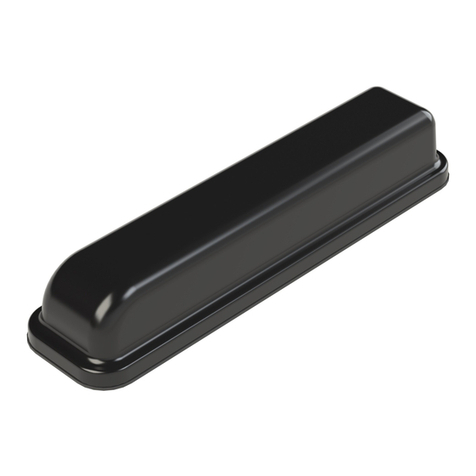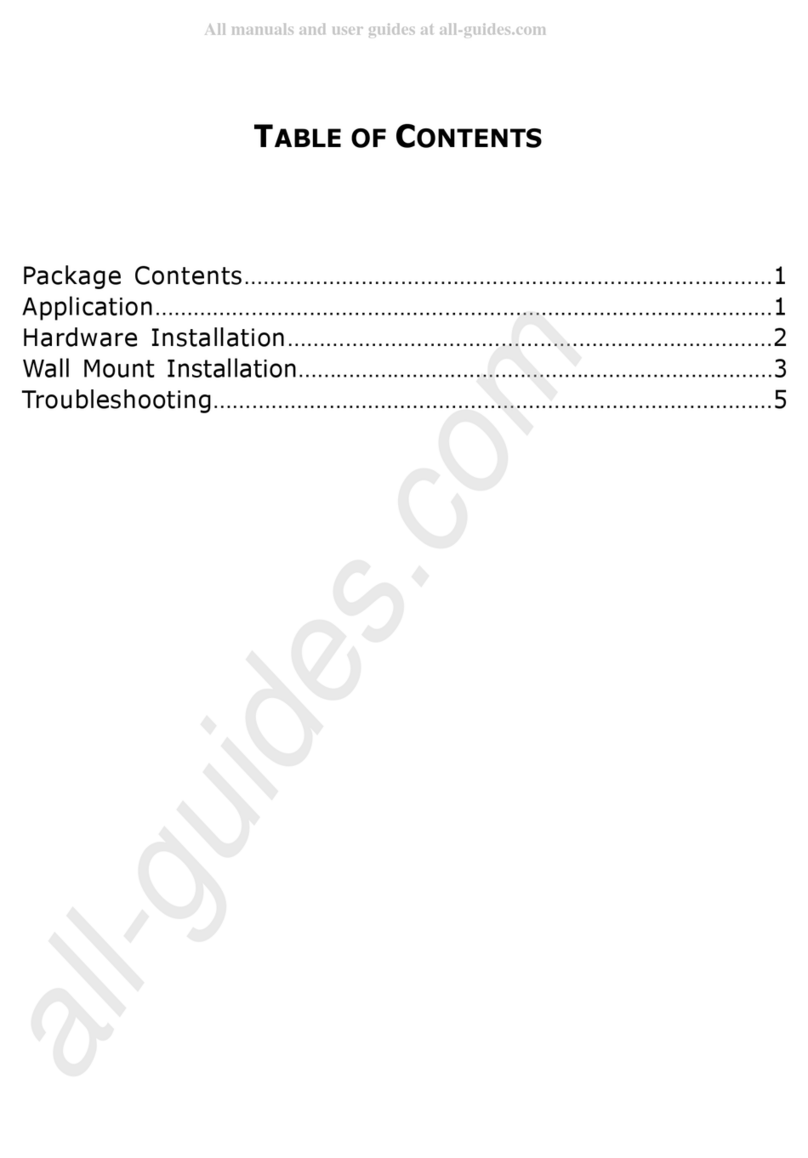BILAL ISOTRON 40 User manual

INSTRUCTION MANUAL
FOR THE
ISOTRON 40
MANUFACTURED BY
BILAL COMPANY
137 MANCHESTER DR
FLORISSANT, CO. 80816
PH: 719/687-0650
PART 2
Re-arranged by Giancarlo Moda, I7SWX –Aug. 2010

9.
TRIMMING THE COIL
For specific frequencies such as for MARS, CAP, FAA and so on where frequencies
near, but not in the amateur band are required, coil trimming may be done to reach
those frequencies. In cases of extreme environment interaction, trimming may be
necessary for proper resonant point.
Before trimming the coil, the antenna must either be properly operating at some point
on the band being used, or you have confirmed the resonant point is lower than where
your operating. DO NOT TRIM THE COIL PRIOR TO THIS.
Remove all the tuning hardware and take note of where the resonant point is.
Trimming will be from this point, therefore the tuning hardware could be used for
lowering the resonant point to where desired.
1. Remove the Top Coil Support.
2. Tape the coil securely so the windings will unravel.
3. Clip the eye on the top lead of the coil.
4. Slide the wire back through the two holes in the coil form.
5. REMOVE 1/2 TURN AT A TIME! Slip the wire back through the two holes
from the opposite direction. Looking through the hole as the wire comes to you will
help line it up..
6. Reconnect the wire to its original position and trim the excess.
7. Check your resonant point. If needed repeat the procedure as many times as
necessary in 1/2 tum increments.

10.
COMPENSATION FOR VARIATION IN LOCATION
The antenna-to-ground capacitance of your ISOTRON antenna depends on its
location with respect to other objects and to the ground itself, and how and where it is
mounted. Antenna-to -ground capacitance affects resonant frequency and feed-point
impedance of your antenna.
For example, if the ISOTRON is mounted on a tower, somewhere near the middle, its
resonant frequency and impedance value will be lower than if the antenna is mounted
in the clear. By insulating the antenna from the tower, you can increase its feedpoint
impedance and raise its resonant frequency. Different locations on the tower will
produce different values, and it may be necessary to compensate differences by
tuning your ISOTRON. If the feedpoint impedance and resonant frequency become
higher than desired, then it is possible to decrease them by connecting a capacitor of
about l00pf or less between the antenna and the tower (see pg. 14, fig. 2). Another
words the lowest impedance would be directly grounding the antenna to the mast. A
point in between can be obtained by the use of a capacitor as described. This
technique will apply on most mountings where the feedline is longer than 1/8
wavelength. If the feedline is shorter, then the impedance value is determined by the
ground of the radio and cannot be varied.
It is important to know what the value of the impedance will be at resonance, and
what the resonant frequency of the antenna is. An impedance bridge (Noise Bridge) is
a very good way to make these measurements, and can be a valuable investment for
the radio operator.
A Noise Bridge is quite inexpensive, and enables you to make the measurement
quickly, simply and accurately.

11.
If a Bridge is not available, then a little guess work will tell the story.
Once you located the resonant point and put it where you want, your SWR should be
no higher than 3:1 at a low power reading. The antenna should be grounded to the
mast when determining resonant point.
Release the grounding wire (11). Check the SWR. The resonant point may move up a
little and will have to be relocated.
Attic and top-of-building mounting where your ISOTRON cannot be easily
grounded, could produce a feedpoint impedance of as much as 200 ohms. It is
desireable to ground your antenna to a good earth ground, but if this is not possible,
then the next best thing is to use the ground in your electrical system. This is attached
to your outlets where the third prong would insert on some appliances. The ground
wire should be attached to the bottom of the mast only where the antennas are
mounted. Please note that the shield of the coax is not considered to be the same
ground as the grounded components of the antenna, such as mast or bottom plate.
The diagram on page 14 shows how to insulate your antenna from ground if
necessary and how to connect the mica or ceramic capacitor for values in between.
One factor to consider is the environment interaction when transmitting at various
power levels. The instructions on page 8 call for tuning at a minimum power level. In
some very tight or highly conductive surroundings (metal sidings, machinery, etc.) an
increase in SWR from the low power to the high power setting will be indicated. This
can be compensated for by relocating the antenna. If this is not practical a tuner can
clean this up. (See the sheet on USE OF A TUNER)

12.
SIDE TOWER MOUNTING
The antennas should be offset from the tower. This can easily be done with a 5 or 10
foot mast mounted across the legs of the tower. The Isotrons can be mounted
horizontally on the mast. A light nylon cord could be attached to the mast an back to
the tower at a 30 to 45 degree angle to keep the mast from drooping.
GROUNDING
There is much confusion about grounding antennas. The Isotrons do not use a ground
for performance. Grounding offers a change in impedance value as well as protection
against static discharge.
The ONLY way to ground the Isotrons is by connecting the ground wire to the
bottom of the mast the antenna is mounted on.
NEVER run a ground wire up to the antenna. The wire will interact with the feedline
and drastically change the tuning. Avoid running ground wires parallel to the feedline
if possible.
The Ground wire should be as short as possible and as direct as possible to the
grounding point.
Excessive Ground Wires may cause more problems than if they were not
used at times.

13.
THE USE OF A TUNER
The instructions provided basically discourage the use of a Tuner. This is for the
purpose of initially tuning up the antenna. However there are times when a tuner has
its place.
With the increasing popularity of solid state transmitters a tuner is almost a must.
Back m the days when tube finals were used the manufactures automatically provided
the tuner. Since the solid state circuits have become popular, they have left the tuners
out. This makes it a must for an antenna system to be very critically tuned so the
exciter will not cut back its power. In many cases this is very impractical and the use
of a tuner can be a good asset to your set up.
In tight locations or locations not favorable for an antenna installation, the impedance
of the antenna may not adjust to the 50 ohms needed. An installation indoors with a
very short feedline may keep the impedance lower than 50 ohms. The recommended
adjustments may have little affect due to the short feedline. At the lowest the antenna
will exhibit a 20 ohm impedance, giving a SWR of around 3:1. Please keep in mind
that if your SWR is over 3:1 the problem is your resonant point, not impedance value.
This can be corrected by following the instructions on RESONANT POINT.
If you find isolating the antenna from ground does little to raise the impedance due to
your location, then the tuner can be used to match the exciter to the antenna. This will
not sacrifice performance if done correctly.
Expanding bandwidth is another asset of the tuner. To avoid retuning the antenna for
different parts of the band a tuner can be used to flatten the line and make it
cceptable to the exciter.
In conclusion, tuners can be used if not abused in your installation.
Under a conventional installation the Isotron will tune up directly, but many operators
have to operate in less than ideal circumstances. The Isotron was intended for this
challenge and we will be willing to help you with it.
Table of contents
Popular Antenna manuals by other brands
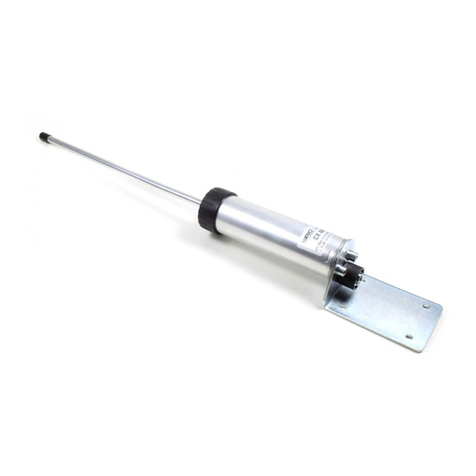
Sirio Antenne
Sirio Antenne CX 4m series installation manual
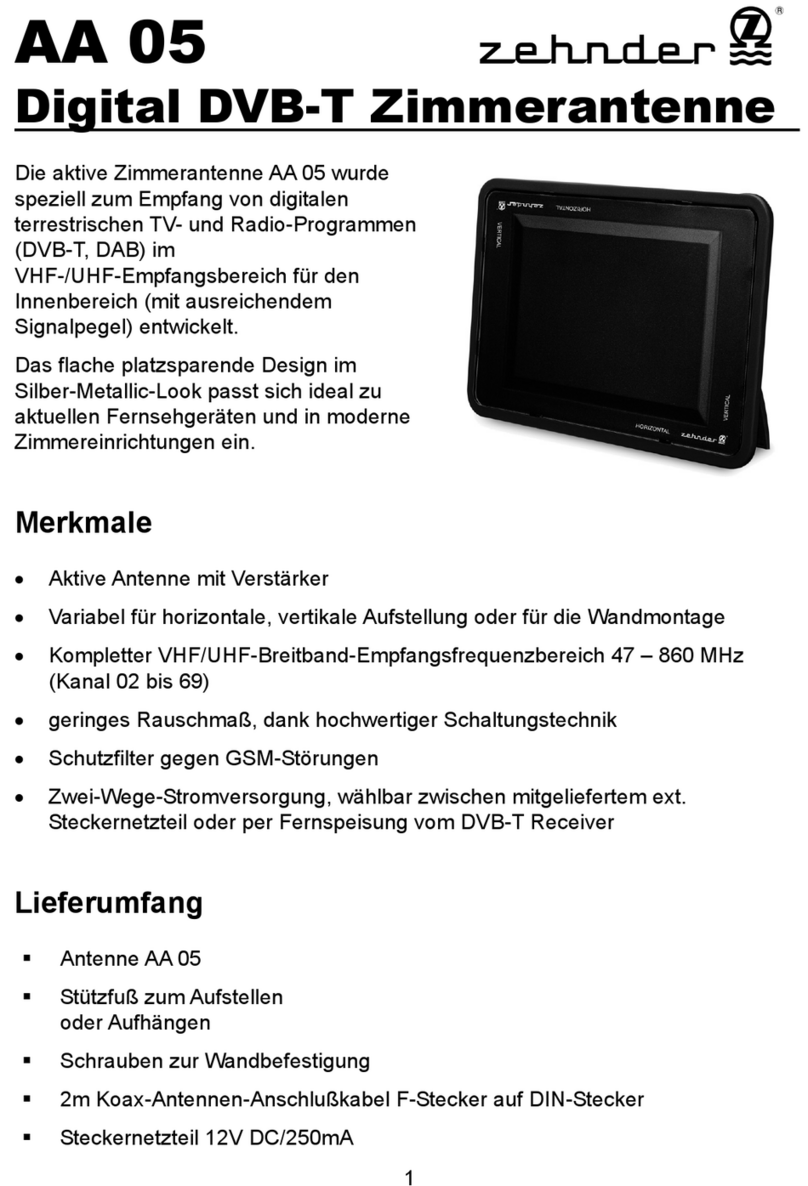
Zehnder Rittling
Zehnder Rittling AA 05 manual

Ubiquiti
Ubiquiti PBE-2AC-400 quick start guide
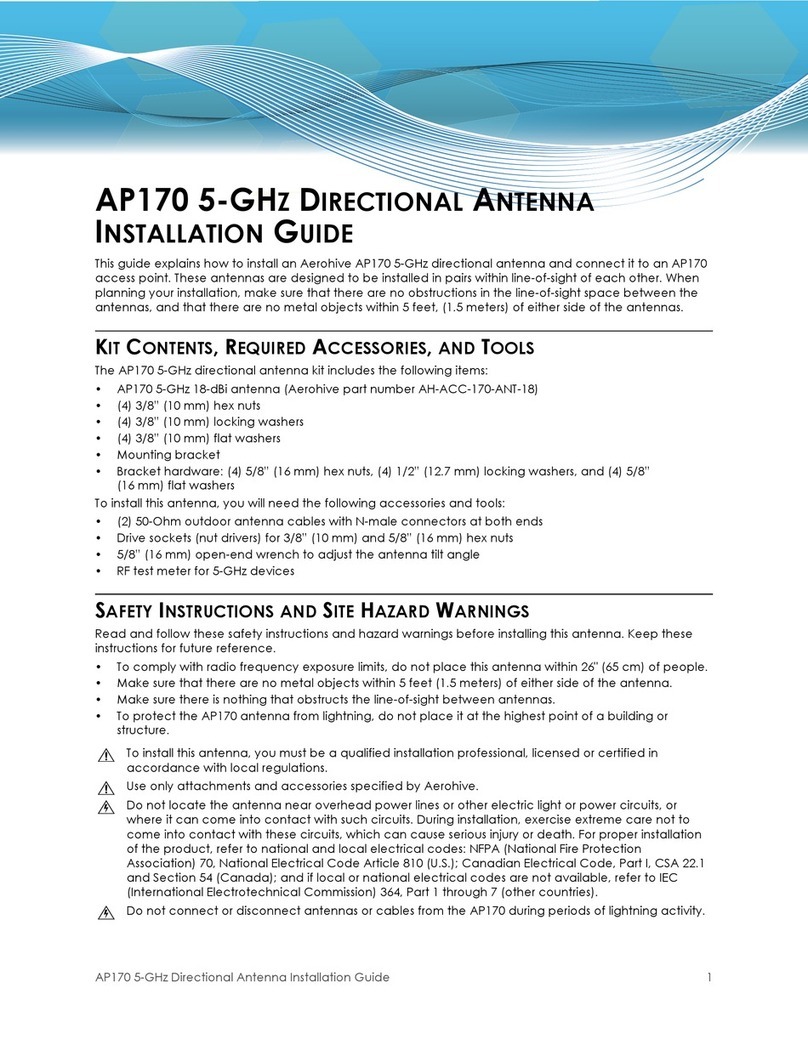
Aerohive
Aerohive AP170 installation guide

SMA
SMA EXTANT-US-40 installation manual
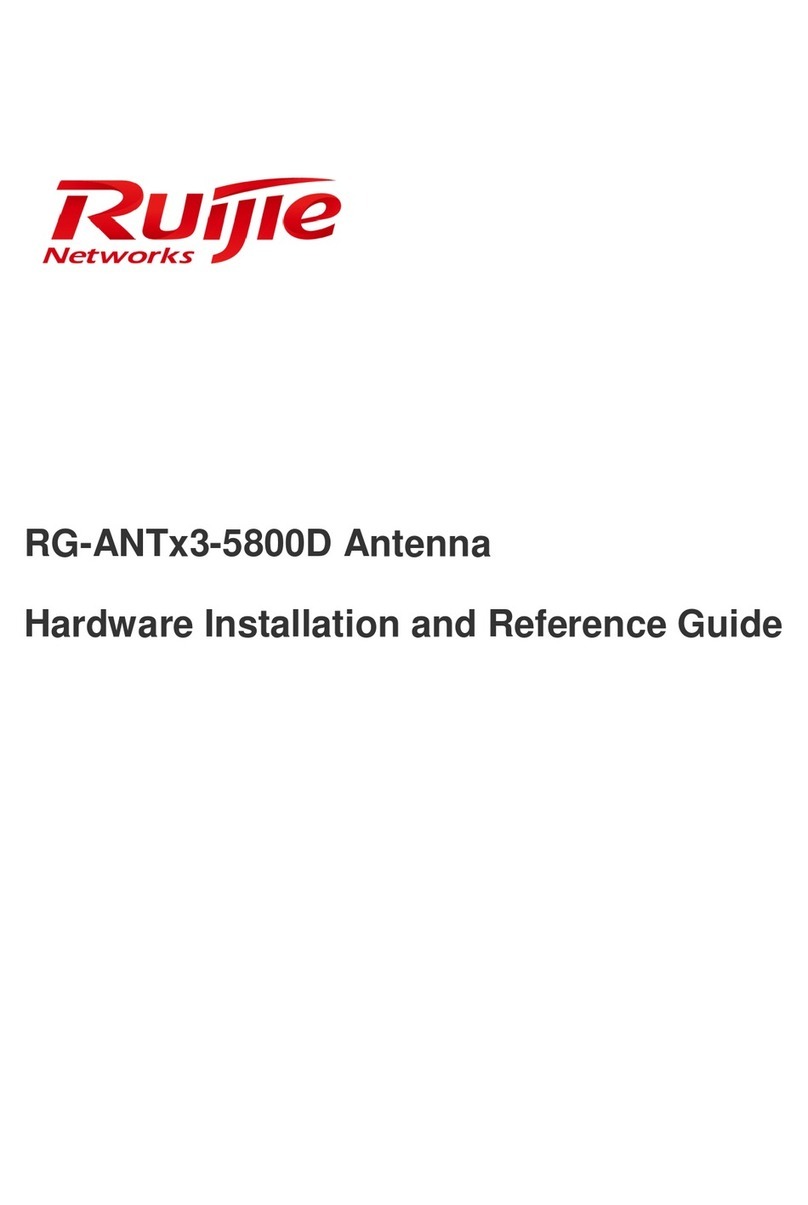
Ruijie Networks
Ruijie Networks RG-ANTx3-5800D Hardware installation and reference guide
